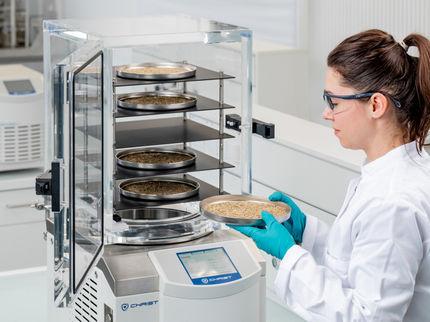To use all functions of this page, please activate cookies in your browser.
my.bionity.com
With an accout for my.bionity.com you can always see everything at a glance – and you can configure your own website and individual newsletter.
- My watch list
- My saved searches
- My saved topics
- My newsletter
Crush syndrome
Crush syndrome (also traumatic rhabdomyolysis or Bywaters' syndrome) is a serious medical condition characterized by major shock and renal failure following a crushing injury to skeletal muscle. Cases commonly occur in catastrophes such as earthquakes or war, where victims have been trapped under fallen masonry (the syndrome was discovered by British physician Eric Bywaters in patients during the 1941 London Blitz). Product highlightIt is a reperfusion injury that appears after the release of the crushing pressure. The mechanism is believed to be the release into the bloodstream of toxic chemicals - notably myoglobin, potassium and phosphorus - that are the products of rhabdomyolysis (the breakdown of skeletal muscle damaged by ischemic conditions). The specific action on the kidneys is not fully understood, but may be due in part to nephrotoxic metabolites of myoglobin. In view of the risk of crush syndrome, current recommendation to lay first-aiders (in the UK) is not to release victims of crush injury who have been trapped for over 15 minutes. References
Categories: Injuries | Traumatology | Nephrology |
||||||||||||
| This article is licensed under the GNU Free Documentation License. It uses material from the Wikipedia article "Crush_syndrome". A list of authors is available in Wikipedia. | ||||||||||||







